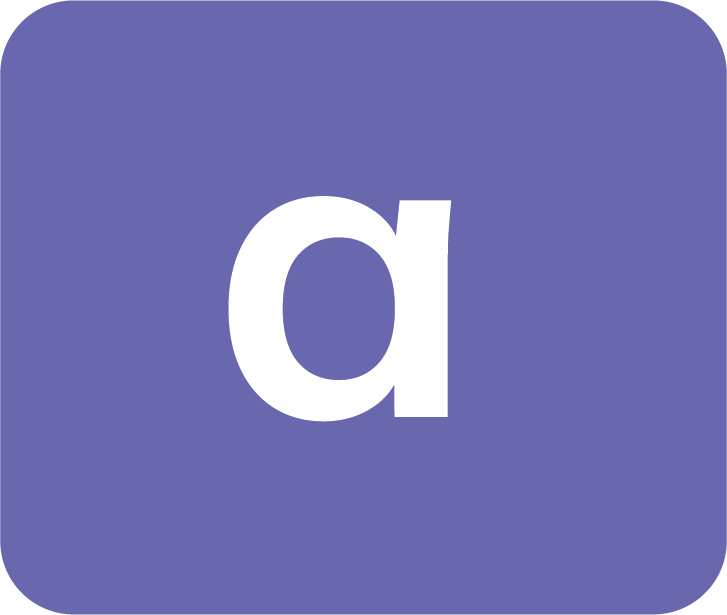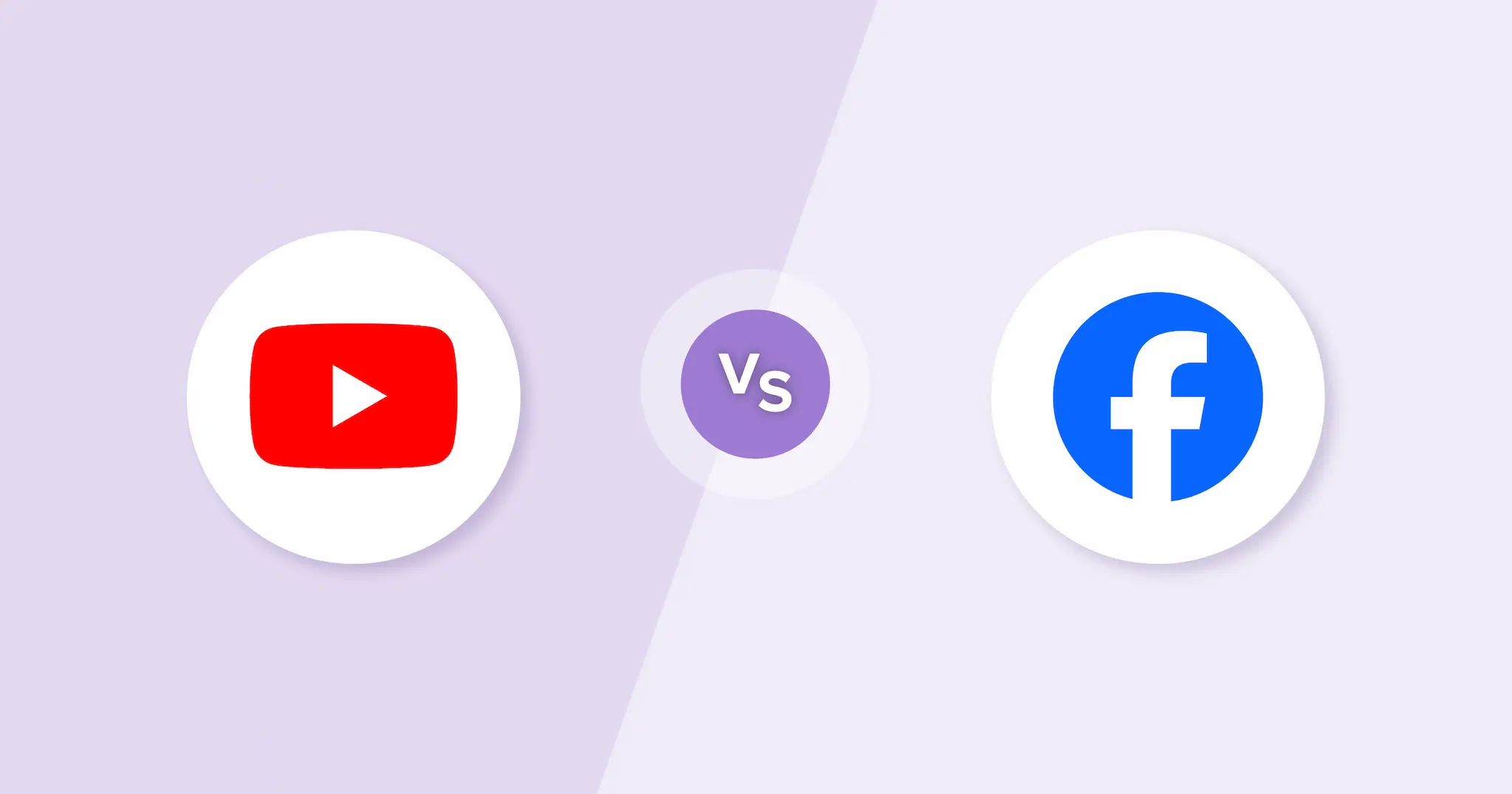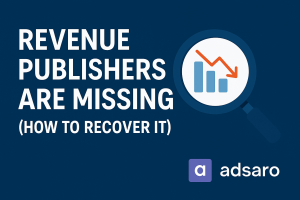In the ever-evolving world of digital marketing, video advertising is a game-changer. But when it comes to choosing between YouTube video ads vs. Facebook video ads, which platform delivers the best results? YouTube, the world’s second-largest search engine, offers highly engaged audiences actively searching for content. Facebook, with its massive social reach, excels in delivering ads directly into users’ feeds, capturing attention instantly.
So, where should you invest your ad budget? Let’s dive deep into audience targeting, engagement, cost-effectiveness, and return on investment (ROI) to help you make the best choice for your campaigns.
Main Differences Between YouTube and Facebook Video Ads
While both platforms offer powerful video advertising options, their fundamental differences set them apart:
- User Intent: YouTube users actively search for content, while Facebook users passively encounter ads while scrolling.
- Ad Placement: YouTube ads appear before, during, or after videos, whereas Facebook ads appear in users’ feeds, Stories, and Reels.
- Engagement Style: YouTube favors long-form content with higher watch time, while Facebook thrives on short, high-impact videos.
- Cost Structure: YouTube primarily uses a cost-per-view (CPV) model, whereas Facebook focuses on cost-per-impression (CPM) and cost-per-click (CPC).
- Audience Behavior: YouTube caters to educational and research-driven users, while Facebook is more suited for social engagement and brand awareness.
Audience Targeting: Who Sees Your Ads?
Both YouTube and Facebook offer advanced audience targeting, but they cater to different user behaviors.
YouTube Video Ads Targeting
- Uses Google’s vast search and browsing data to show ads to users based on search history and online behavior.
- Offers keyword targeting, topic-based targeting, and placement targeting.
- Ideal for reaching users with high intent, as many users turn to YouTube for tutorials, reviews, and educational content.
Facebook Video Ads Targeting
- Relies on user demographics, interests, behaviors, and engagement data from Facebook and Instagram.
- Enables advertisers to target users based on social interactions, page likes, and activity.
- Works well for impulse-driven purchases and brand awareness campaigns.
Ad Engagement: Which Platform Captures More Attention?
Engagement metrics play a crucial role in determining ad effectiveness. Let’s compare how users interact with video ads on each platform.
YouTube Video Ads Engagement
- Higher completion rates for skippable and non-skippable ads, especially when content is relevant.
- Users are more likely to engage when searching for specific content.
- Offers TrueView ads, where advertisers only pay when users watch a significant portion of the ad.
Facebook Video Ads Engagement
- Higher engagement rates due to autoplay in the feed.
- Best for short-form, attention-grabbing content that drives immediate interactions.
- Works well with social sharing, reactions, and comments to amplify organic reach.
Cost & ROI: Where Do You Get the Best Value?
Cost-effectiveness is a major factor when deciding where to allocate your advertising budget.
YouTube Video Ads Cost & ROI
- Cost per view (CPV) model ensures advertisers only pay for actual views.
- Typically lower CPM (cost per thousand impressions) compared to Facebook for longer-form content.
- Higher ROI for brands focused on deep engagement and educational content.
Facebook Video Ads Cost & ROI
- Cost per impression (CPM) model means advertisers pay based on exposure, not necessarily views.
- Generally lower CPC (cost per click), making it cost-effective for direct response campaigns.
- Higher ROI for short-form, viral content aimed at quick conversions.
Which Platform Should You Choose?
Choose YouTube If:
1. You want to target users based on search behavior and intent.
2.You are focusing on educational or product explainer content.
3.You prefer a cost-per-view model for budget efficiency.
4. You aim for long-form video engagement.
Choose Facebook If:
1. You need immediate brand visibility and engagement.
2.You’re targeting a broad audience based on social behaviors.
3.You want short, impactful videos for quick conversions.
4. You’re running direct-response campaigns.
Conclusion
Both YouTube and Facebook video ads have their strengths, and the best platform depends on your campaign goals. If you want deep engagement and high-intent viewers, YouTube is the way to go. If you’re looking for quick reach, social interaction, and immediate conversions, Facebook is your best bet.
For maximum success, test both platforms and analyze performance metrics. A well-optimized strategy combining both can give you the best of both worlds—powerful audience reach and high engagement rates.








Leave a Reply